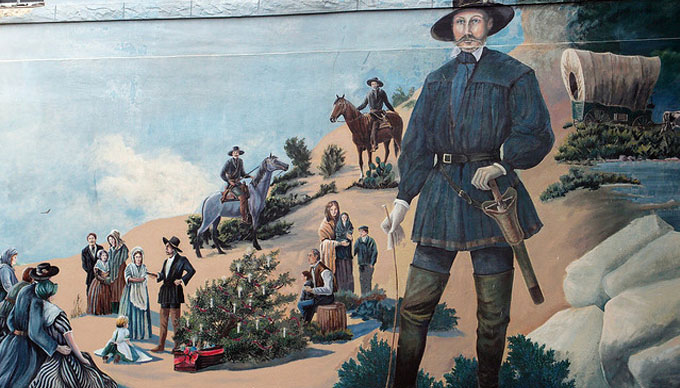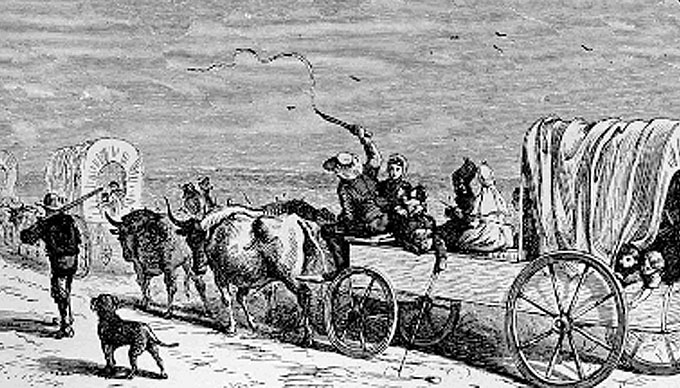Any history of New Braunfels has to start in “old” Braunfels, where on July 12, 1812, a prince was born in a picturesque castle overlooking the Lahn River in Germany. The royal infant was christened Carl Frederick Wilhelm Ludwig Georg Alfred Alexander, Prince of Solms, Lord of Braunfels, Grafenstein, Muenzenberg, Wildenfels and Sonnenwalde.
Unlike some of the German nobility, Prince Carl of Solms-Braunfels (for short) seemed to be genuinely concerned for the inhabitants of his crowded, impoverished “kingdom.” At age 30, after hearing good reports of opportunities in the newly-independent Republic of Texas, he joined with some other German counts and princes to form the Society for the Protection of German Immigrants in Texas, which then set out to establish a German colony.
Image by wikipedia.org
Prince Carl was chosen as commissioner-general of the society, and went to Texas in 1844. While he was en route, the society entered into a contract to buy three million acres, known as the Fisher-Miller grant, between the Llano and San Saba Rivers. Prince Carl recognized that the colonists would need a landing site on the coast and a way-station between the coast and their final destination. He first purchased a site on Matagorda Bay, where there was an excellent port, fresh water and some timber. He called it Carlshafen, and three ships carrying 439 immigrants landed there in the winter of 1844. Interestingly enough, many of the first immigrants were “nail-wrights” by trade, who had been rendered unemployable by new machines which mass-produced nails!
In March of 1845, as the immigrants prepared for their journey inland, Prince Carl went on ahead to San Antonio to buy a piece of land called Las Fontanas, along the fabled Camino Real, for a temporary settlement on the road to the Fisher-Miller grant.
Image by ancestry.com
The Camino Real (King’s Highway) was the first highway across Texas, blazed by the Spanish in the 1690s from Mexico through San Antonio northeast to Nacogdoches. Las Fontanas (the Fountains) was known to those who had traveled the Camino Real as a wonderful oasis, with abundant clear water and lush vegetation. It also attracted numerous Indians and wild animals. The land belonged to the daughter of Juan Martin de Veramendi, who was the father-in-law of James Bowie and governor of Texas before the Revolution (he died in 1833). Prince Carl bought the 1,265-acre tract for $1,111.00.
The immigrant wagon train forded the Guadalupe River on March 21, 1845 (Good Friday), and set up camp on the high bluff overlooking Comal Creek. They built a three-sided stockade, and fired a cannon each morning and evening to ward off Indians. Civil engineer Nicolaus Zink quickly surveyed the land, laying out streets and giving a half-acre town lot and a ten-acre farm lot to every man over seventeen.
Prince Carl returned to Germany on May 15 to marry Lady Sophia, Princess of Salm-Salm. Although he would never return to Texas, he left behind an already-flourishing town, and the cornerstone of a never-completed fort called Sophienburg, after his fiancée. He also left in his fledgling community some exceptional young men who would become heroes of New Braunfels.






